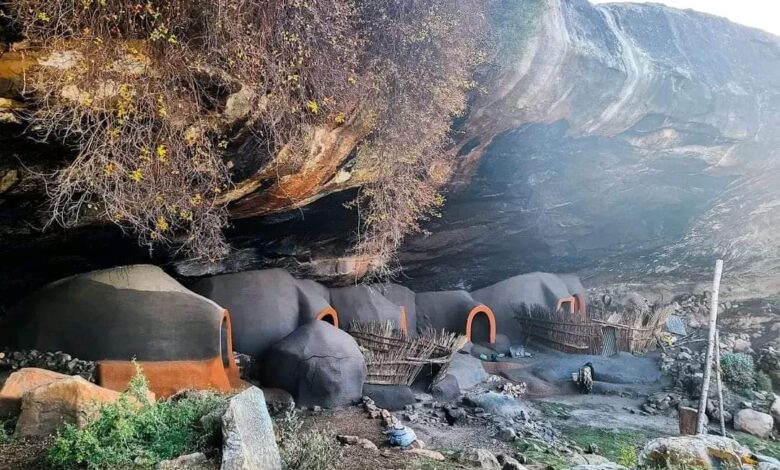Lifestyle
Top 10 Lesotho Historical Sites

Lesotho, with its rich cultural heritage and scenic landscapes, is home to numerous historical sites that offer insights into its past. Here are ten notable historical sites to explore in this Southern African kingdom:
Thaba-Bosiu:
- Significance: Known as the “Mountain of the Night,” Thaba-Bosiu is a fortified mountain that served as the stronghold of King Moshoeshoe I, the founder of the Basotho nation. It played a crucial role in the early resistance against colonial encroachment.
- Features: The site includes ancient ruins, a museum, and panoramic views of the surrounding landscape.
Moshoeshoe I’s Grave:
- Significance: Located on Thaba-Bosiu, this is the final resting place of King Moshoeshoe I, who is celebrated as a national hero for his leadership and unification of the Basotho people.
- Features: The grave site is marked by a simple monument, and visitors can pay their respects and learn about the king’s legacy.
The Basotho Cultural Village:
- Significance: Situated near the town of Maseru, this cultural village offers a glimpse into traditional Basotho life, customs, and architecture.
- Features: The village features reconstructed traditional huts, cultural displays, and live demonstrations of Basotho crafts and ceremonies.
Ha Kome Caves:
- Significance: These unique sandstone caves near the town of Qacha’s Nek were used by the Basotho people as shelters during times of conflict.
- Features: The caves are adorned with traditional Basotho carvings and offer a fascinating glimpse into ancient ways of life.
Liphofung Caves:
- Significance: Located in the Maluti Mountains, Liphofung Caves are significant for their rock art and archaeological findings that date back thousands of years.
- Features: The caves contain prehistoric rock paintings and artifacts that provide insight into the region’s early inhabitants.
Morija Museum and Archives:
- Significance: Founded in 1956, this museum in Morija is dedicated to preserving and showcasing the history and culture of Lesotho.
- Features: The museum houses a collection of historical documents, artifacts, and exhibits related to Basotho heritage and history.
The King’s Palace in Maseru:
- Significance: The royal residence in Maseru is the official residence of the King of Lesotho and serves as a symbol of the country’s monarchy.
- Features: Although not always open to the public, the palace’s architecture and its role in contemporary Basotho politics and culture are of historical interest.
The Old Bridge in Maseru:
- Significance: This historic bridge, built during the colonial era, was one of the first significant infrastructure projects in Lesotho.
- Features: The bridge is a landmark in Maseru and represents the colonial era’s influence on the country’s development.
Senqu River Gorge:
- Significance: The gorge has historical significance due to its association with early Basotho settlements and its role in local trade routes.
- Features: The scenic beauty of the gorge and its surrounding landscape make it a notable site for both historical and natural exploration.
Mokorotlo Monument:
- Significance: Located in the town of Mafeteng, the Mokorotlo Monument is a tribute to the Basotho people’s craftsmanship and culture, symbolizing the traditional Basotho hat, or “mokorotlo.”
- Features: The monument is an iconic representation of Basotho culture and offers insights into traditional dress and craftsmanship.
Exploring these historical sites provides a deeper understanding of Lesotho’s rich heritage and the enduring legacy of its people. Each site offers a unique perspective on the country’s history, culture, and traditions, making them valuable destinations for history enthusiasts and curious travelers alike.




